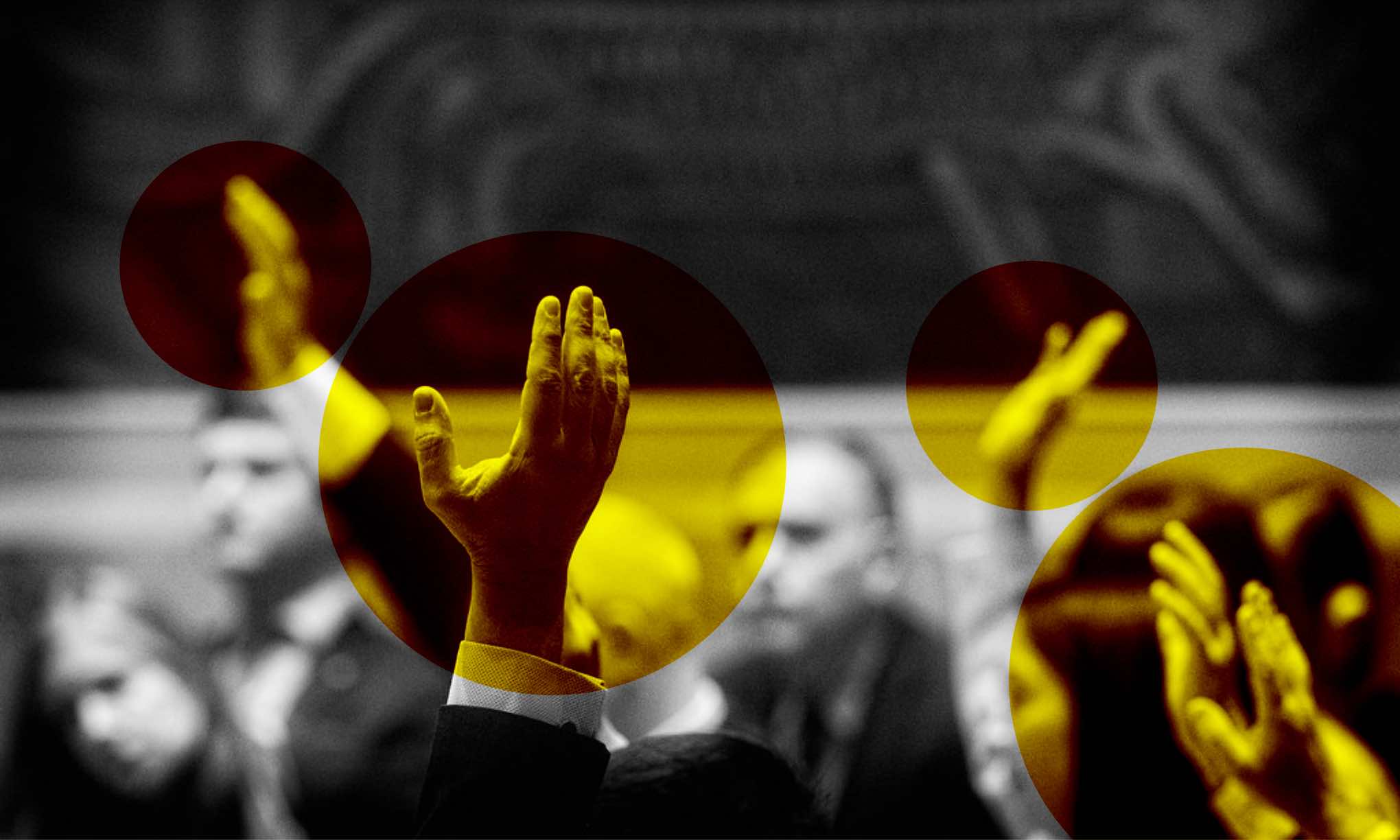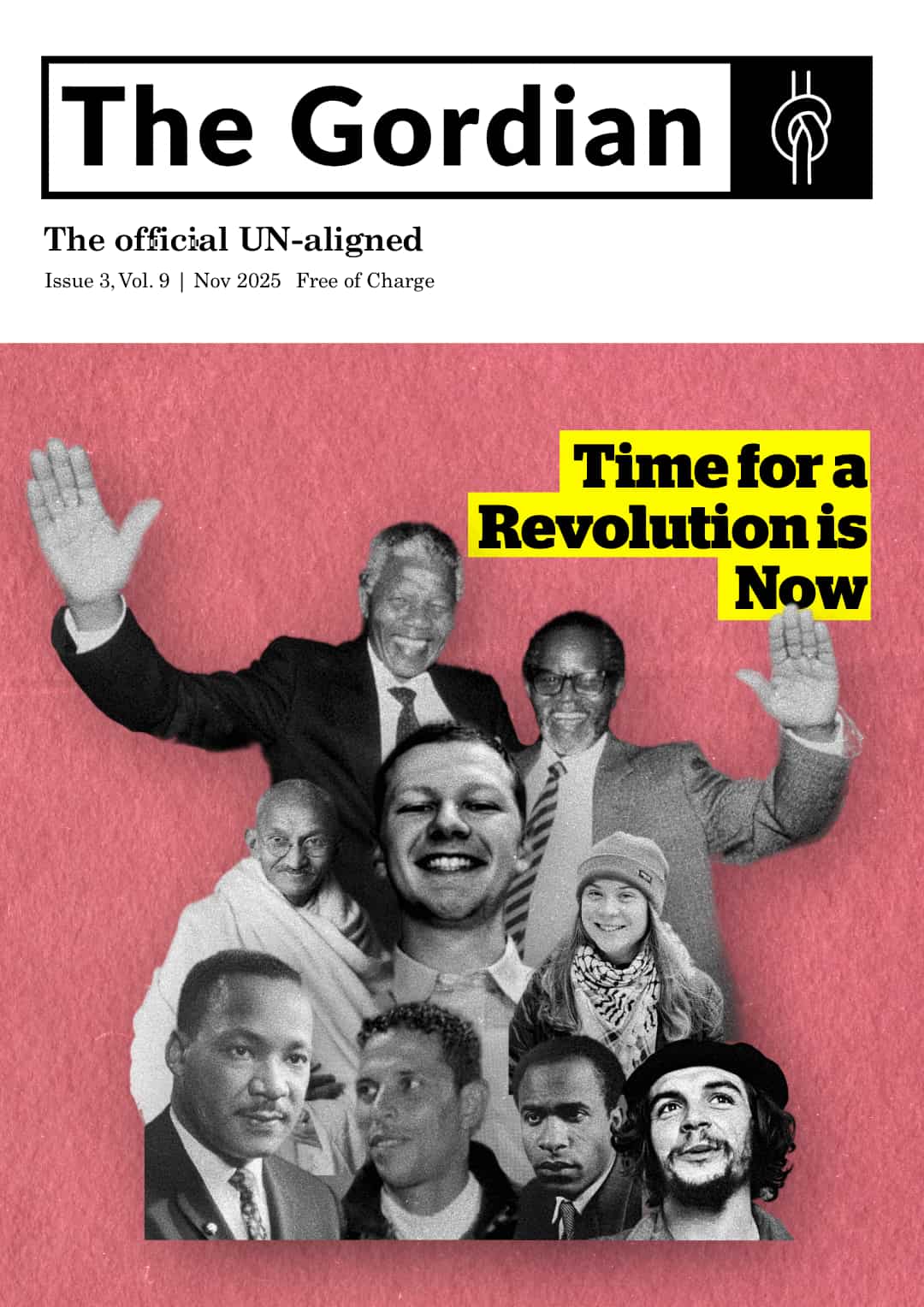What is The United Nations General Assembly?

The following is an extract from UN-aligned’s new publication that highlights the shortcomings of the United Nations with details that cover its foundation, structure and monumental failures. You may be surprised at the murky facts that this book will bring to your attention.
The General Assembly is the community of UN members in their representative role. It is subordinate to the Security Council and it was stipulated that it could only engage in resolving issues that were not already being dealt with by the Security Council (Article 12.1). It is the duty of the Secretary General, “with the consent of the Security Council”, to keep the Assembly informed of matters that are being tackled by the Council, so that the latter’s deliberations are not infringed upon. (Article 12.2).
What is Resolution 377?
The onset of the Cold War between the Soviet Union and the USA and its allies, however, meant that the Security Council soon became increasingly debilitated. The continuous conflict of interests all but paralysed the decision-making process. This led the USA to consider giving the General Assembly, that was at the time predominantly pro-Western, more powers. President Harry Truman’s Secretary of State, Dean Acheson, proposed a resolution to allow the General Assembly the authority to take over issues that had been stalemated by the Security Council. Resolution 377 – also known as the “Uniting for Peace” Resolution or the “Acheson Plan” – was passed in November 1950 by 52 votes, to five against, all of which were from the Soviet Bloc; Argentina and India abstained. The Resolution went beyond an authorisation that allowed it to take over from the Security Council when it was gridlocked and it explicitly legitimised direct action:
“If the Security Council, because of lack of unanimity of the permanent members, fails to exercise its primary responsibility for the maintenance of international peace and security in any case where there appears to be a threat to the peace, breach of the peace, or act of aggression, the General Assembly shall consider the matter immediately with a view to making appropriate recommendations to Members for collective measures, including in the case of a breach of the peace or act of aggression the use of armed force when necessary, to maintain or restore international peace and security.”
Resolution 377 was invoked 11 times and led to 10 Emergency Special Sessions. The ploy, however, did not turn out quite as the USA intended. With many new nations joining the United Nations following independence from Great Britain, France and other colonial powers, the balance of power tipped in other directions. Currently, the largest grouping in the United Nations is the Non-Aligned Movement, with 120 members. This body was set up in 1961 through the efforts of Indian Prime Minister Nehru and Jugoslav President Tito and its aim was to counter pressure and intimidation by dominant nations. Chairpersons have included mavericks like Nasser (1964-1970), Fidel Castro (1979-1983 & 2006-2008), Mugabe (1986-1989), Suharto (1992-1995), Rouhani (2013-2016) and Maduro (2016-2019).
Unravelling The United Nations, Argead style
Would you like to learn more about the United Nations, its General Assembly and its potential future? Read our new publication to find out: Unravelling The United Nations, Argead Style.
You can support us by purchasing a digital or printed copy of the book from your local Amazon Store:
• Buy on Amazon.com →
• Buy on Amazon.co.uk →
• Buy on Amazon.de →
• Buy on Amazon.it →
• Request a free copy (limited number available) →


